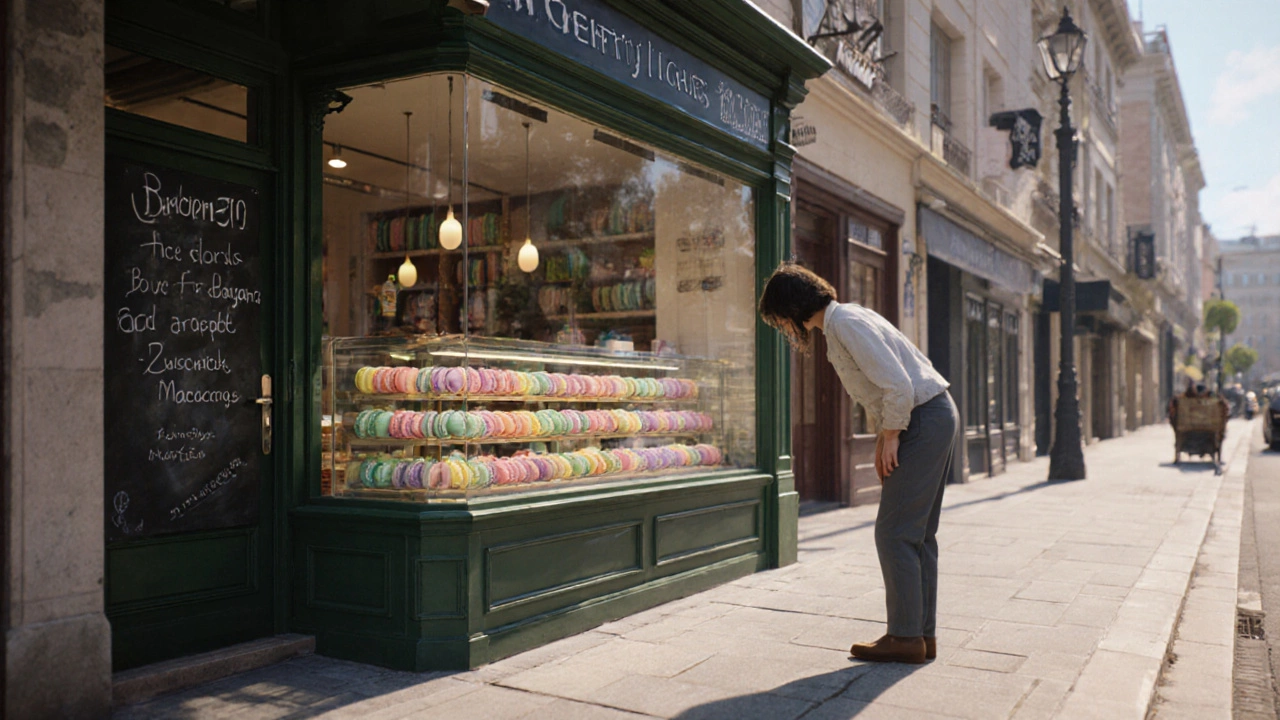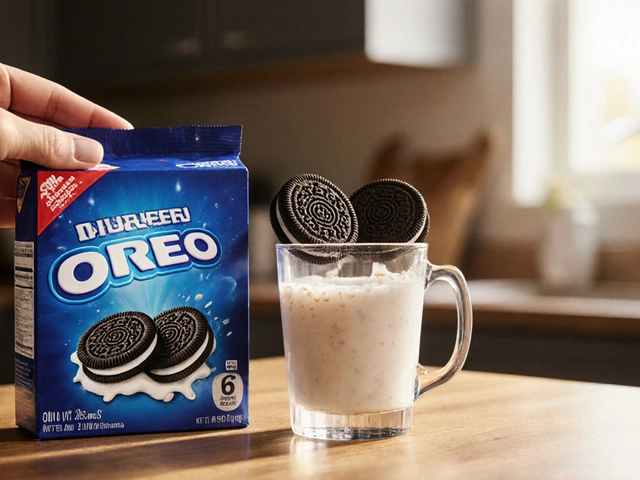Macaron Price: What Drives Cost and How to Keep It Low
When you start checking the macaron price, the amount you pay for a single French almond‑based cookie. Also known as macaron cost, it varies based on several factors. Macaron price isn’t a random number; it’s the result of a few clear pieces. One key piece is the macron, a delicate meringue‑sandwich confection made with almond flour, egg whites, and sugar itself – size, flavor, and decoration all shift the final number. Another driver is French pastry, the broader tradition of bakery items originating in France that sets consumer expectations and pricing tiers. Finally, the ingredients cost, expenses for almond flour, high‑quality chocolate, natural extracts, and labor directly influences the sticker on each piece. In short, macaron price encompasses ingredient cost, requires knowledge of portion size, and is influenced by the prestige of French pastry culture.
Factors That Shape the Price
First, the raw ingredients. Premium almond flour can cost three to five times more than regular flour, and many bakers source it from specialty suppliers to guarantee a fine texture. High‑quality chocolate, natural fruit purées, and real butter add another layer of expense, especially when seasonal flavors like raspberry or pistachio are involved. Second, labor and skill matter. Crafting a flawless macaron shell takes precise whipping, careful piping, and a disciplined resting period before baking. That amount of hands‑on time translates into higher bakery overhead, which shows up in the final price. Third, size and packaging play a role. A standard 2‑inch macaron sold individually will cost less per piece than a custom‑shaped, oversized version meant for weddings. Fourth, location influences price. Stores in tourist hotspots or upscale neighborhoods often charge a premium because rent and wages are higher. Finally, bulk buying can lower the per‑macaron cost. Some bakeries offer a discount for orders of a dozen or more, reflecting economies of scale in ingredient purchasing and reduced packaging waste. All these pieces combine to form a clear picture of why a plain vanilla macaron might sit at £2 while a salted caramel‑toffee version could reach £3.50.
Knowing how each factor works lets you spot ways to save without sacrificing taste. Look for bakeries that list their ingredient sources – transparency usually means they’re confident about quality and price. Compare bulk box prices from reputable online shops; many sell pre‑measured almond flour and powdered sugar at a fraction of boutique costs. If you enjoy baking at home, mastering the basic shell technique lets you experiment with flavors while keeping ingredient spend under control. Below you’ll find articles covering everything from Costco sheet cake pricing to the science behind fudge texture, giving you a broader toolkit to navigate dessert costs and make smarter buying decisions. Ready to dive into the specific posts? Let’s see what the collection has in store.

Macaron Price Guide 2025: How Much Do They Cost?
Explore 2025 macaron price ranges, what drives the cost, and how to save money with bulk orders, seasonal flavors, or DIY kits.
View More




